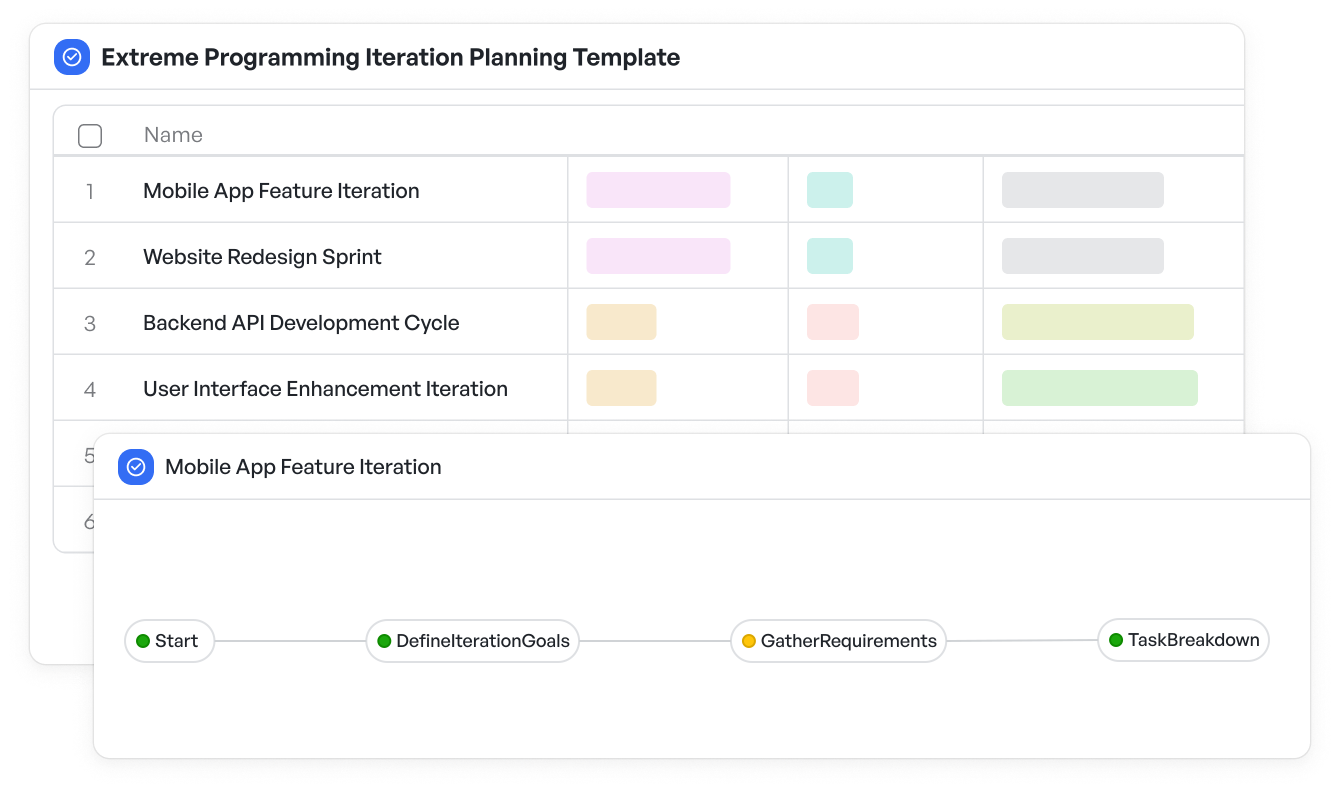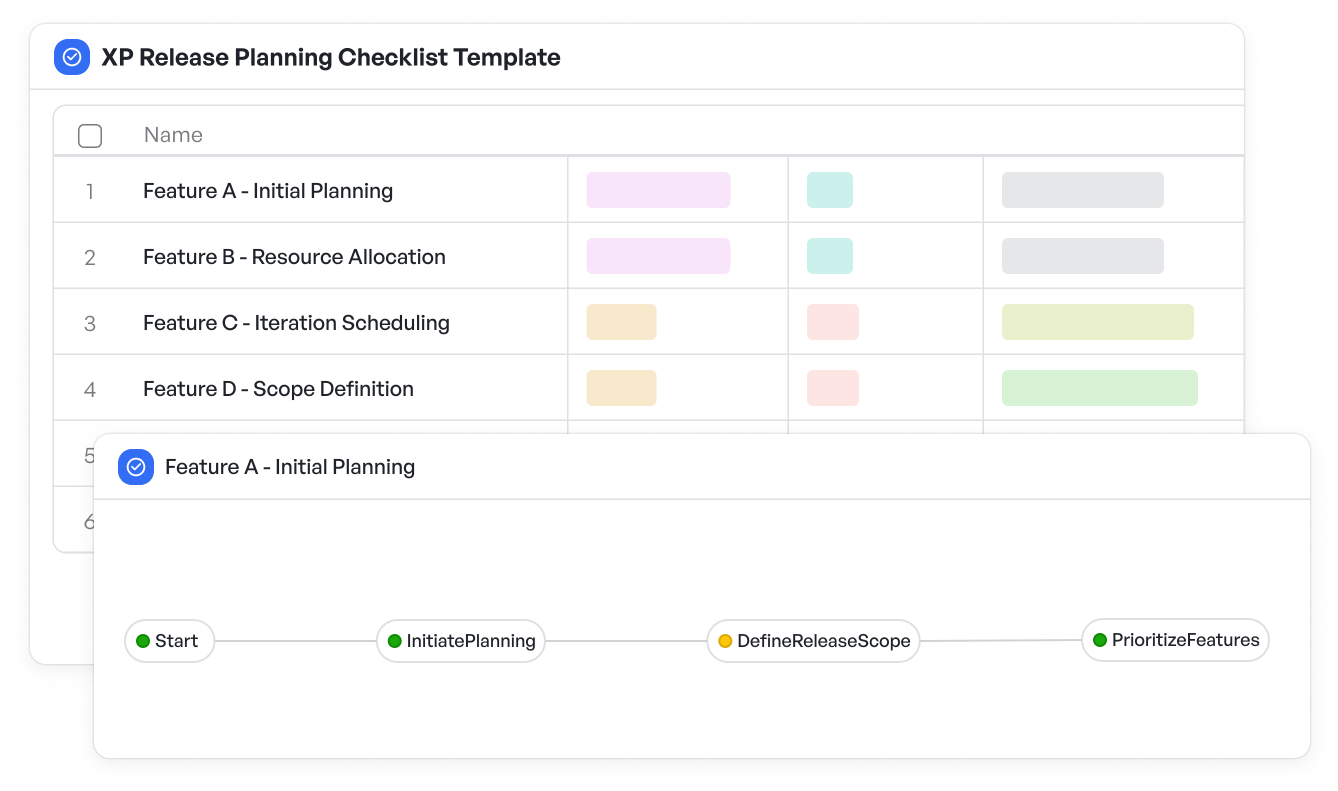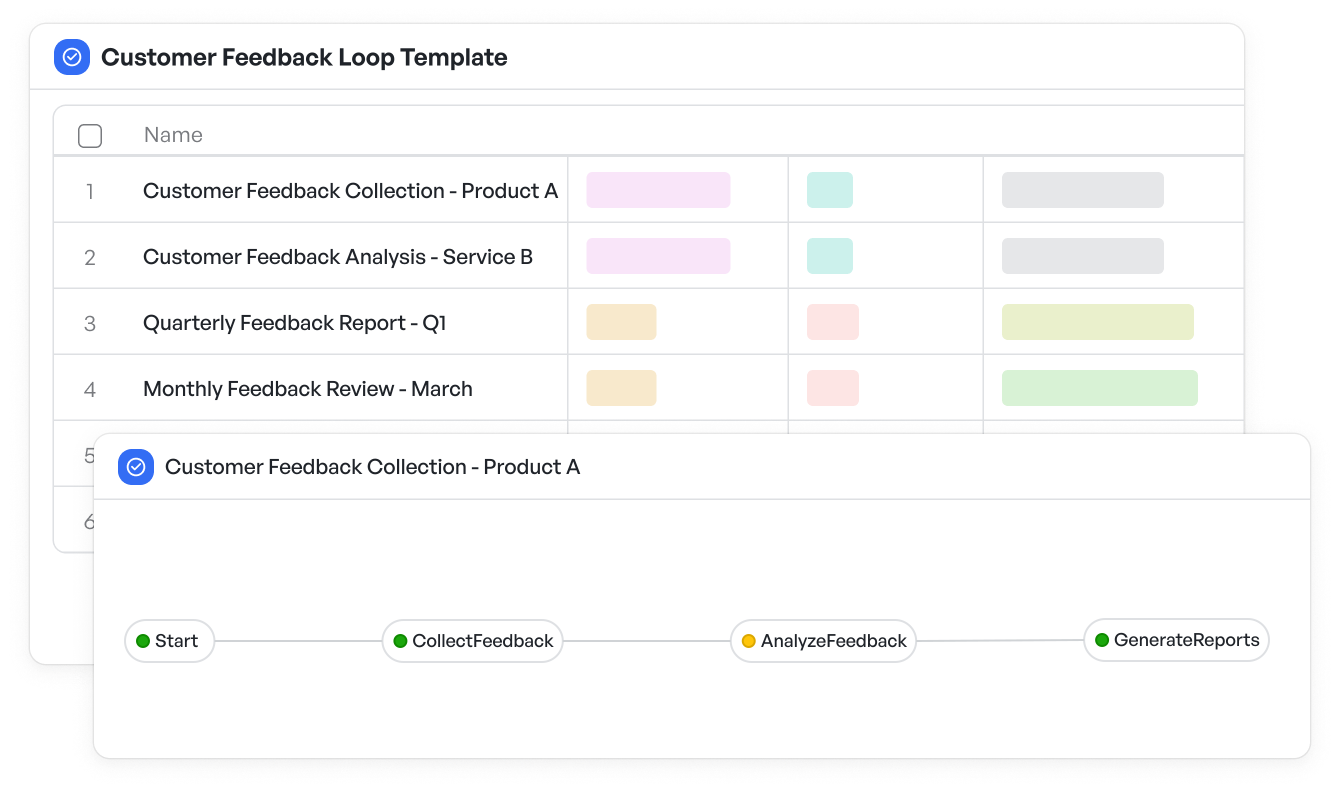How to Implement Extreme Programming in Retail

Extreme Programming (XP) is an Agile software development methodology known for its focus on collaboration, continuous feedback, and responsiveness to customer needs. While it was originally designed for software development, XP’s core principles and practices can be highly effective in the retail industry. By embracing XP, retail businesses can enhance their product quality, improve customer satisfaction, and stay adaptable in a rapidly changing market.
In this article, we’ll explore how to implement Extreme Programming in retail, its key principles, and the benefits of using XP in a retail environment. We will also examine how Meegle’s tools and resources can support retail businesses in adopting XP.
Understanding Extreme Programming (XP)
Extreme Programming (XP) is an Agile methodology that prioritizes communication, simplicity, and feedback in order to deliver high-quality products quickly and efficiently. It encourages developers to work in short, iterative cycles, allowing for continuous improvement and rapid response to changes. While originally focused on software development, XP’s principles can be applied to various industries, including retail, to enhance customer experiences and streamline operations.
Key Principles of XP
XP is grounded in several key principles that drive its success:
- Continuous Feedback : Constant feedback from customers and stakeholders helps teams make necessary adjustments quickly.
- Iterative Development : Development is broken down into small, manageable tasks, allowing for frequent releases and early issue detection.
- Collaboration : XP emphasizes teamwork and collaboration, not just within development teams but also with customers and business stakeholders.
- Simplicity : XP advocates for the simplest solution that meets the business need, avoiding unnecessary complexity.
These principles align perfectly with the fast-paced nature of retail, where customer needs and market conditions can change rapidly.
Download the Extreme Programming Iteration Planning Template for free.

Core Values of XP
The five core values of XP— communication , simplicity, feedback, courage, and respect —are key to creating an environment where innovation can thrive. These values can be directly applied to the retail industry, fostering a culture of openness and continuous improvement.
- Communication : Clear, transparent communication ensures that teams and customers are aligned at all times.
- Simplicity : Keeping solutions simple allows retail teams to react quickly to market demands and customer needs.
- Feedback : Retail teams benefit from continuous customer feedback, enabling them to refine offerings quickly.
- Courage : The courage to make bold decisions, whether it’s changing product designs or launching new initiatives, is crucial in retail.
- Respect : Mutual respect within teams and for customer feedback fosters a productive and inclusive environment.
XP Practices
XP practices include techniques such as pair programming , test-driven development (TDD) , and continuous integration , all of which support agile development and lead to more efficient and high-quality product delivery. These practices can be adapted to retail operations, helping businesses quickly implement changes that meet evolving customer expectations.
Download the XP Release Planning Checklist Template for free.

Benefits of XP for Retail
Implementing XP in retail offers several benefits that can improve product quality and customer satisfaction:
Enhancing Product Quality
XP’s emphasis on quality from the outset ensures that products meet the highest standards. By using test-driven development and continuous integration , retail teams can minimize defects and ensure that products are thoroughly tested before release.
Responsiveness to Customer Requirements
Retail environments are dynamic, and customer needs often change quickly. XP’s iterative cycles and continuous feedback practices allow retail teams to adapt quickly to customer requirements, ensuring that products and services stay relevant.
Quick Feedback Loops
XP encourages fast feedback from both customers and internal teams, enabling quick adjustments to product offerings, marketing strategies, or even operational processes. In the retail world, where trends can change quickly, this responsiveness is crucial to staying competitive.
Download the Customer Feedback Loop Template for free

Key XP Practices in Retail
Several XP practices can be directly applied to retail environments to improve product development and customer service:
Test-Driven Development in Retail
Test-driven development (TDD) involves writing tests before writing code. In retail, this practice can be adapted by ensuring that all new products, features, or services are tested thoroughly before being launched. This minimizes errors and ensures high-quality outputs from the start.
Pair Programming Dynamics
Pair programming, where two developers work together on the same task, encourages collaboration and knowledge-sharing. In a retail context, this can translate into cross-functional teams working together to develop new features, enhance customer service, or optimize operations.
Continuous Integration Benefits
In retail, continuous integration means frequently updating systems, whether it’s an e-commerce platform, inventory system, or customer relationship management tool. This practice allows retail businesses to roll out changes quickly and maintain operational efficiency.
XP vs Other Development Frameworks
XP shares similarities with other Agile frameworks, such as Scrum , but it also has unique features that make it ideal for certain contexts like retail.
Comparing XP to Scrum
While both XP and Scrum promote iterative development, XP is more focused on engineering practices like TDD and continuous integration. Scrum, on the other hand, is more focused on team management, roles, and work breakdown. Retail businesses may find Scrum more useful for organizing workflows, while XP can be employed to improve the quality and technical aspects of retail operations.
XP vs Waterfall Methodology
XP is an Agile methodology that contrasts sharply with the Waterfall model , which follows a linear, step-by-step approach. In retail, XP allows for greater flexibility, enabling businesses to adapt quickly to changes in customer preferences, market conditions, and technology. This makes XP a better fit for dynamic retail environments, where requirements are continuously evolving.
Choosing the Right Framework for Retail
Choosing the right development framework for retail depends on the nature of the business and the specific challenges faced. For businesses looking to improve quality and responsiveness while staying flexible, XP may be the best option.
Challenges of Implementing XP in Retail
While XP offers significant advantages, it also presents some challenges, especially when integrating it into traditional retail workflows.
1. Cultural Shifts Needed
Implementing XP requires a cultural shift towards collaboration, flexibility, and continuous improvement. This can be difficult for retail businesses with established hierarchies or rigid processes.
2. Overcoming Resistance to Change
Resistance to change is a common challenge when implementing XP in any industry. Retail teams may be hesitant to adopt new practices like pair programming or test-driven development, especially if they are unfamiliar with Agile methodologies. Training and ongoing support are key to overcoming this resistance.
Unlocking the Full Potential of Extreme Programming in Retail
Extreme Programming offers retail businesses a structured yet flexible approach to improving product quality, increasing responsiveness to customer needs, and ensuring continuous improvement. By embracing XP’s practices and principles, retailers can adapt to a rapidly changing environment while delivering high-quality products and services.
Try out Meegle’s free version today to start enhancing your retail operations with XP.
The world’s #1 visualized project management tool
Powered by the next gen visual workflow engineRead More
Check All BlogsStart creating impactful work today



